Kató Havas "gave me an A"
Here is my article on the special issue of ESTA Italia's magazine dedicated to Kató Havas
Last December 2019, "Homage to Kató Havas" was published by ESTA Italia (European String Teachers' Association), a special issue of the association's magazine, entirely dedicated to her.
"A tutto arco" is the magazine of ESTA Italia (European String Teachers' Association), which deals with topics relating to the teaching of all stringed instruments.
This issue is made up of three articles: one written by me, "Kató Havas gave me an A", another written by da Caroline Duffner, violinist and teacher (with whom I have played on various occasions, among other things, Mozart's Sinfonia Concertante) and another from Roberto Moro, violin teacher, both of whom met and studied with Kató Havas and began to follow and apply her teaching many years ago.
I publish here the text of my article, so that it can be of use to other musicians.
And if you want to learn more, msend me a message now to book your violin or viola lessons.
"Miss Havas is original in her approach to violin [and viola] playing because she insists that violin technique must be reducible to basic motions involving more than just the fingertips…"
Sir Yehudi Menuhin
Preface to "A New Approach to violin playing"
KATÓ HAVAS "GAVE ME AN A"
It all started with a single note, an A, which I heard Kató Havas play at a seminar in Milan, which I hadn't been able to attend all the time, organized by a pianist friend of mine in 1995, after I had already completed my studies and I had been working for a while here and there in various orchestras and groups.
This one A in first position on the G string played by Kató Havas had a wonderful sound, full, soft, warm, rich in colour, without an exaggerated vibrato or other particular movements to explain it. I was wondering: “How can she do it?”, she left me spellbound. So I remained curious about Kató Havas, whose name I had only come across when I had been in England to attend music courses.
Some time later, my pianist friend told me that she wanted to organize another seminar with Kató Havas for the following year and that she wanted to make it coincide with the publication of a book of hers translated into Italian, asking me whether I was willing to translate it myself. With some hesitation, believing that doing such a translation involved a great responsibility, I first wanted to read the book, Stage fright, and then I decided to agree to translate it. As I translated it, I began to try to apply the movements and other suggestions given in the book, to see if I understood what was being explained and if I could apply it and also to understand how to explain it in Italian.
While translating and applying it, I saw that it made sense and worked and I began to think that I would have liked to study with Kató Havas. The following year, 1997, there was another seminar with Kató Havas in Milan and her first book translated by me, “Stage fright”, was published.
Since then, Kató Havas and I have always kept in touch, I have been her interpreter in other seminars she held in Italy, and this way I was getting to know her New Approach better. I had always been thinking that I wanted so much to study with her more deeply but it seemed to me that the obstacles were insurmountable.
At some point in my life I decided that I wanted to change a few things, especially about playing. So in 2003 I moved temporarily (and I'm still there, though!) to the beautiful city of Oxford, England, to study with her, choosing to follow her directions and apply her approach and "philosophy".
WHO IS KATÓ HAVAS?
Kató Havas was a child prodigy on the violin, she received the traditional Hungarian virtuoso teaching at the Budapest Music Academy, at the time Hubay, Kodaly, Donhanyi and Bartok were there. She started giving concerts at the age of seven and, not yet eighteen, at a time when it was not as common as today to travel from one part of the planet to another, she made her debut as a soloist at the Carnegie Hall.
Then she married early and retired from the concert activity and, in this period of retirement, she developed her New Approach by recalling her experiences as a child in Hungary, where she had met gypsy violinists who played with a freedom and ease unknown to "serious" violinists like she was, who study in academies.
Her approach was unorthodox and was seen as a challenge to the traditional way of teaching. When her first book, "A New Approach to violin playing, was published in 1961, Kató Havas was strongly attacked in the British string instrument magazine The Strad. For about seven years, among the readers of the magazine there was a very heated confrontation fought with letters between those who condemned her and those who supported her. Kató never replied to any attack. Many musicians in search of solutions to their difficulties used to go to her secretly from their colleagues.
Having been a concert artist, Kató Havas had known all aspects of playing, she herself had suffered from stage fright and pain, as she recounts in a video on YouTube. She knew that often behind the appearance of a brilliant success there are great sufferings hidden.
Kató Havas was willing to teach anyone, she said that the duty of a teacher is to teach. She did not select her students through auditions because obviously, wanting to offer solutions to the various problems that afflict musicians, she knew very well that certain musicians would not have been able to sustain and pass an audition. Yet, with her ingenious approach, her calm and her encouraging manners, she was able to remove the straitjacket that imprisoned the musicians and free their abilities. Moreover, since she always said that she constantly learned from her pupils, in my opinion each pupil, with his or her different difficulties and abilities, represented for her, in a sense, a laboratory, a way to improve her approach.
«The duty of a teacher is to teach anyone who wants to learn»
As a matter of fact, over the years she has modified her language in the direction of a greater and greater simplification, to the point of reducing it to the bone and explaining that the new approach simply consists of "two hinges" (for the right arm) and "three intervals" (for the left hand).
Kató had a keen interest in all aspects of life and a constant desire to learn new things and encouraged her students to do the same, arguing that all these experiences would help develop our imagination, a fundamental element for musical expression, and enrich our personality.
At the age of 80 she had learned to use the e-mail and the Internet. At an ESTA meeting in Cremona, which she had attended, I had made a video and, with her permission, I had published it on YouTube. Then Kató told me that at the time it didn't seem like anything special to her but some time later, while she was in Canada with her daughter, she had seen herself in Cremona in this video. So she really realized what a powerful tool YouTube might be for spreading the New Approach and wanted me to film one of her seminars and publish it there. Now the seminar is available to everyone.
She was always looking for ways to spread the New Approach more, especially among teachers. She said that teachers are the future because they pass on the knowledge.
Kató received important awards for his teaching activity and the results obtained: in 1990 the Isaac Stern Award from ASTA, in 2000 the OBE from the Queen of England, in 2013 the Lifetime Achievement recognition from the British ESTA. Her books and teaching DVD have been praised by Yehudi Menuhin and many musicians around the world are grateful for having known her, thanks also to the translations of her books that have been made in many languages.
So what is this New Approach?
As Kató Havas explains, "this approach is based on the idea of balance, not strength." It is based on the use of natural balances that are found in the movements of our body, to play by performing the natural, spontaneous movements of the body, not by making unnatural contortions. Another fundamental concept is that of playing from the inside out, that is to distinguish between the source of the movements, between the cause and effect of the various movements, with the movement starting from the inside, for example, from the shoulder and is transmitted to the whole arm to reach the fingers and the instrument. Playing from the inside out also means, first, imagining the music and every sound with its pitch, all its colours and dynamics and, only then, playing. Hence the importance of singing and creating vivid images to illustrate each piece before playing it. Then singing while playing is what coordinates all the movements that have been practiced and focuses the mind on one thing: music.
By applying these new concepts of hers, Kató Havas realized that the elimination of physical tension led to the elimination of emotional tension, the fear of playing in public.
The goal of the New Approach is to get to play smoothly, without blockages caused by aches and pains and worries, so that we are free to donate the music to
our listeners, communicate the music instead of trying to prove how good we are or worrying about not being good enough.
It
starts with eliminating all the physical tensions we have while
playing, which cause pain, physical injuries, bad sound, make playing
more difficult and cause insecurity and nervous tension. It is not
enough to say "relax", "practice more", "play more in public" (but how,
if one cannot do it?). In our society oriented towards chemical
solutions (legal and otherwise) there is a tendency to solve every
problem with a specific tablet and this is increasingly true also for
musicians and their pains and their fear of playing in public.
In her three books, Kató Havas explains very well how to do it. In the book "Stage fright - Causes and cures" we read that it is necessary to deal with the physical,mental and social aspects of stage fright, in that order. However, after studying for many years, it does not all change in a week, but it is worth dedicating some time and it takes much less than the time spent before.
Although the title of his first book refers to the violin, most of the concepts and solutions offered by the Havas New Approach to eliminate tension and anxiety apply to all stringed instruments as well as to other instruments. I play the viola and I find it even more important and helpful for violists, precisely because with a larger instrument there are more difficulties in handling it. An excellent book on the New Approach dedicated to the cello has also been written and I have personally met also guitarists and double bass players who apply it. At my seminars where there were various instrumentalists I was able to demonstrate how to apply these concepts to their own instruments.
Kató Havas and her books were ahead of their time. When she started talking about physical injuries caused by playing an instrument and the elimination of stage fright, these were taboo topics. Today everyone is well aware of them, there are even clinics for musicians' occupational diseases and many concepts of hers have become "public domain" and seem obvious.
BEFORE AND AFTER
My life is divided into “before Kató Havas” and “after Kató Havas”.
I “before Kató Havas” was not happy with how I played, I was very nervous, like the vast majority of musicians, even if they don't admit it, as Kató herself used to say. I had studied at the Milan Conservatory, which is considered an excellent school, but in the end I didn't feel confident. I had also studied baroque performance practice at the Civic School of Music in Milan. Also, since I have always loved traveelling and wanted to learn English, as a student I decided to attend several chamber music courses, with the Gabrieli and Chilingirian quartets, and orchestral training in Great Britain, which were very useful for my purposes of improving as a violist and with English and also travelling to visit new places.
Already before and, even more so, after the end of my studies, I had collaborated with various symphonic and opera orchestras, working in different parts of Italy, acquiring extensive knowledge and experience in the opera and symphonic repertoire (and also travelling more). I also had been playing in a chamber music group with baroque instruments with which we carried out an intense concert activity and, at times, as a soloist.
In 1991 I was part of the EUBO (European Union Baroque Orchestra) conducted by Roy Goodman, with whom I participated in the most important European festivals (excellent music and beautiful places!).
Yet, I always had an underlying insecurity about my playing abilities, which negatively affected my results, but I remembered that as a child, when I started playing, I didn't have this insecurity. I have noticed, in so many people I have met, that it seems that the more seriously they study the more they are afraid at the time of having to play in public, whether at an exam, audition, solo concert or just for friends. It should be the opposite, isn't it?
Instead,
in our field it has become almost normal and accepted that a student
musician, or a professional before an important performance, takes
tranquilizers, beta-blockers, drinks alcohol or takes a smoke to check
his or her reaction to the situation. I never wanted to resort to these
pseudo-solutions but nervous tension did have some negative influences,
of course.
I have always been interested in the different aspects and different visions regarding musical education and problems related to playing and teaching string instruments, therefore since I was a student I had read many writings by and about Geminiani, Tartini, L. Mozart, Auer, Tertis, Kreisler, Primrose, to learn about different viewpoints and proposed solutions, above all because I was looking for solutions to my problems (common to many other musicians, be they students, amateurs or professionals): how to play more easily, that is, how to conquer so-called difficult passages, and how to eliminate the fear of playing in public, but I had not yet read Kató Havas until I was asked to translate a book of hers.
I “after Kató Havas” can easily play works that once seemed impossible to me, in public in any situation and enjoy myself. I have played as a soloist, with piano, in concerts with orchestra, without suffering from paralyzing feelings of doubt and fear about being able to perform certain pieces. I have also changed my way of seeing the music activity and other musicians. One piece of advice to eliminate stage fright that I want to give to those who suffer from it is to, first of all, completely stop criticizing other musicians for how they play.
I am immensely grateful to Kató Havas because, thanks to her teaching and friendship, I can now play as a soloist in public in any situation, express myself and do it with pleasure. For me, being able to do this was like recovering the speech I had lost, being able to speak again, an enormous liberation.
A new approach to teaching
All teachers know that by teaching we also learn from our students and I have seen that teaching with the New Approach has given me more confidence also as a teacher because I know how to help my students overcome their difficulties and progress much faster. To beginners I assure that they will not have to spend weeks and months making some horrible sounds but I guarantee that they will have a nice tone from the first lesson. This encourages the learner and gives the teacher more satisfaction and confidence. In fact, among those who start playing a bowed instrument, especially children, many give up after a short time, discouraged by seeing that the expected results might come after a long time. Plenty of others don't even start, scared by the idea of having to endure, at first, producing horrible sounds for a long time. Teaching in a way that facilitates and greatly accelerates the student's progress makes the teacher's job less tiring and more satisfying and could bring many more people closer to music and active musical practice, particularly in our case of string instruments, with all the benefits they themselves and society as a whole could derive from it.
I teach the Havas New Approach and I work hard to spread it as much as possible
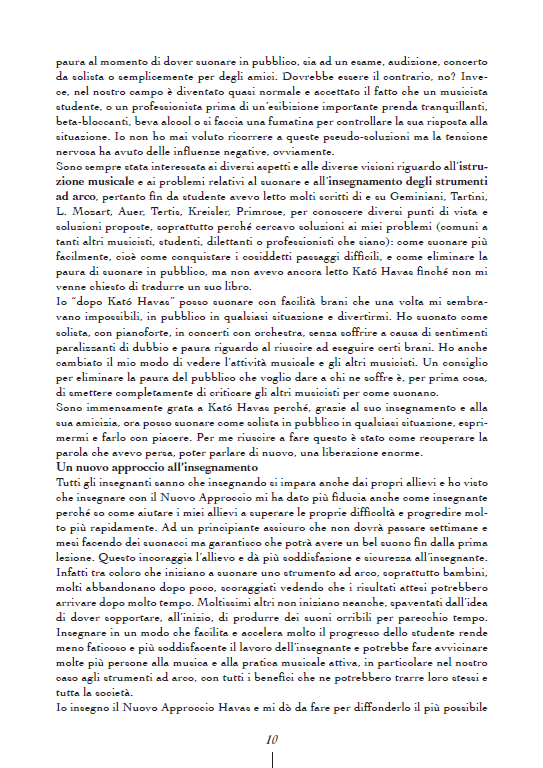
because
I have seen the enormous difference it can make for those who play, at
all levels and, to make it known more and more and keep Kató's work in
the best possible way, some time ago I contacted the University of
Oxford Music Faculty Library, which will create an archive with all her
documents.
Another great merit of Kató was to have brought the performer's attention back to the music, to communicating the music instead of focusing on the single separate movements of the fingers and hands: "every movement has a musical purpose", every movement must have a "rhythmic impulse".
What the New Approach does is free the persons from their chains so that they can express themselves with their own personality through music. Each one expresses what he or she is: "Of course, potential varies enormously, but there is potential in everyone." (Stage fright).
Kató always stressed that the goal of the musician was not to be good but to convey pleasure through music. Here are some words taken from her books, which summarize her concept: "only those who are free to enjoy music are in turn able to give pleasure" (A new approach). “If all of our energies were directed towards giving people, through the medium of music, a deeper understanding of their own potential as part of the wonderful mysteries that the universe contains, we would not only do justice to ourselves as musicians but stage fright would be banished from the face of the earth forever ” (Stage fright).
Finally, Kató reminds us in a video that "there is nothing like music to make life nicer."
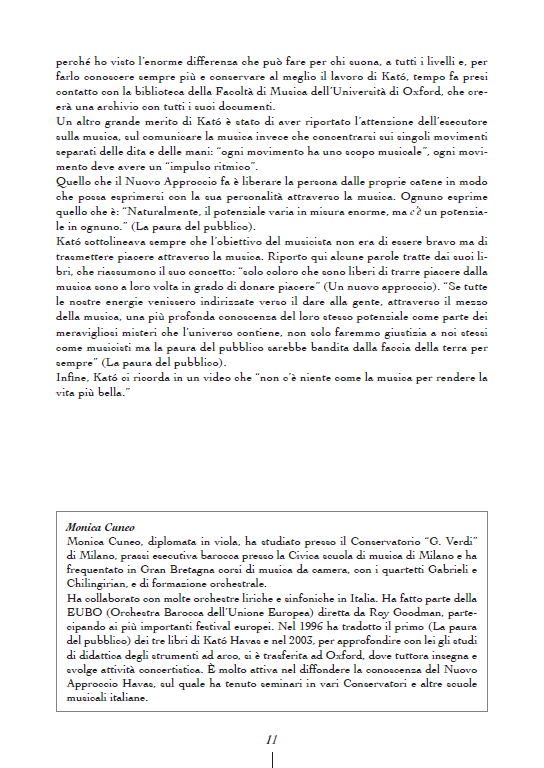
To learn more, mìsend me a message to book your violin o viola lessons
Kató Havas's books
“Dear Kató Havas, I would like... to congratulate you on your book "Stage fright". It is the most realistic and practical approach imaginable. It stresses the real reasons and not the false ones... a book that should be worth its weight in gold to every student and many a performer.”
Sir Yehudi Menuhin
Preface to "Stage fright"



Recommended readings
Some comments about my viola and violin teaching from my pupils
Recommended readings to eliminate physical injuries and stage fright
Click on them to read each book's description
I translated them into Italian, you can see them here
Stage fright
Its causes and cures
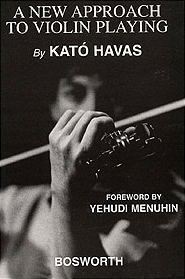
A New Approach
to violin playing
Do you want a workshop on the Havas New Approach?
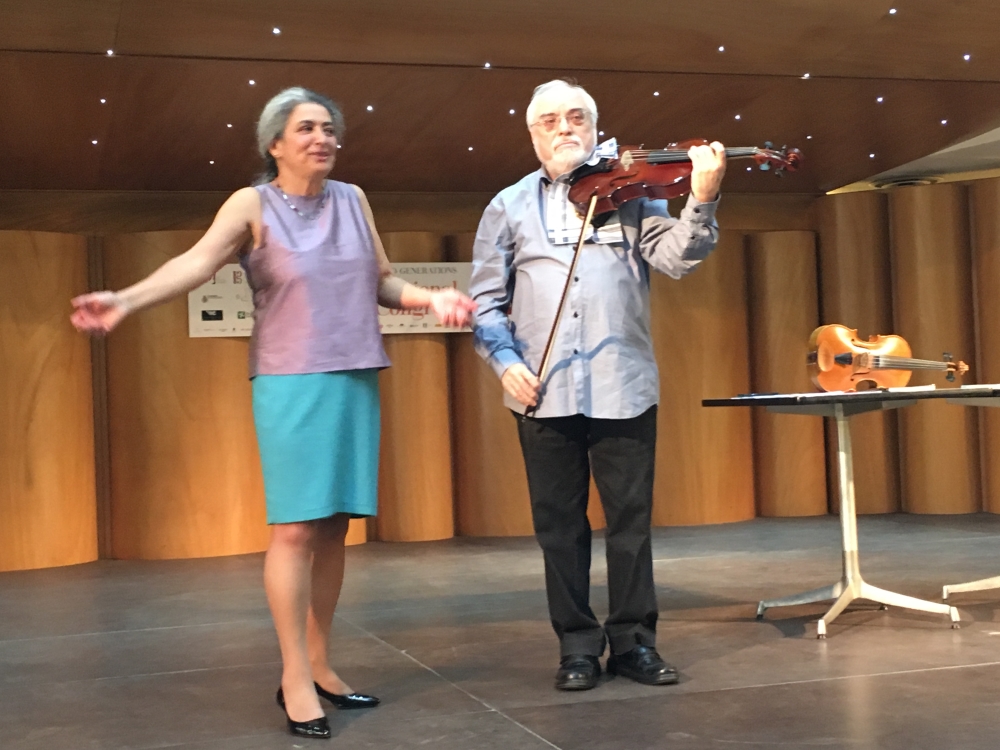
Workshop at the 43rd International Viola Congress, in Cremona
Havas New Approach
Teaching DVD
on the causes and cures of physical injuries in violin and viola playing
With detailed exercises on the release of tension and performance anxiety
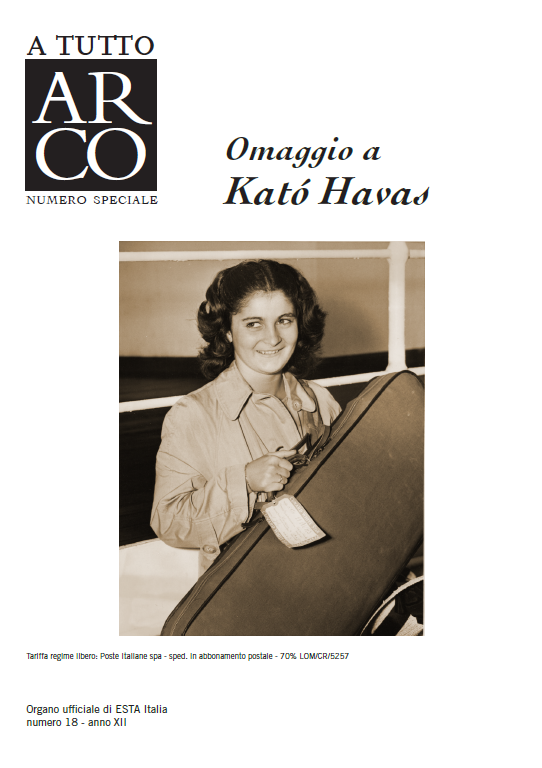
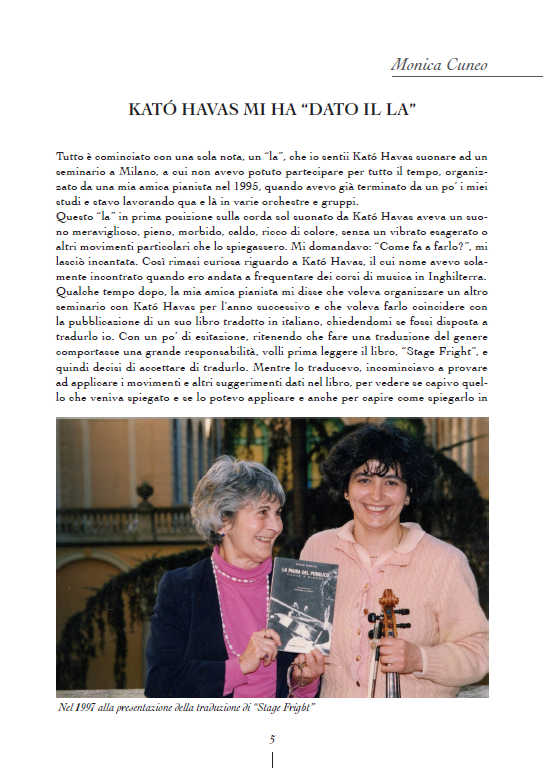
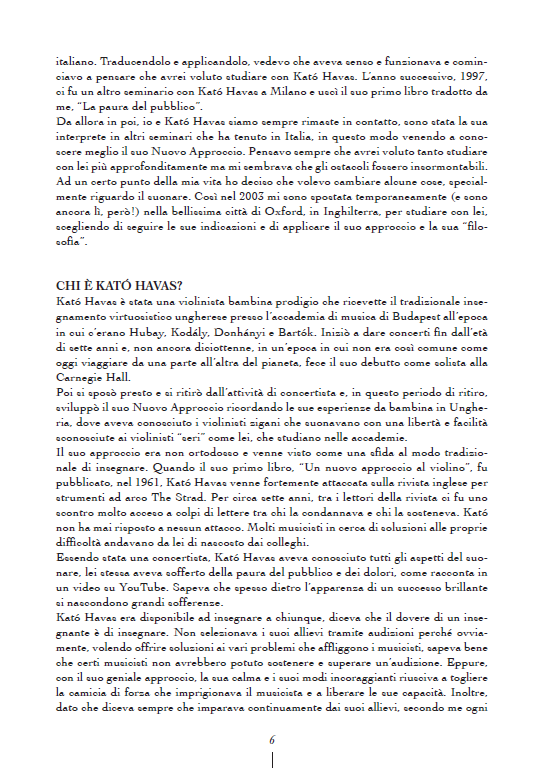
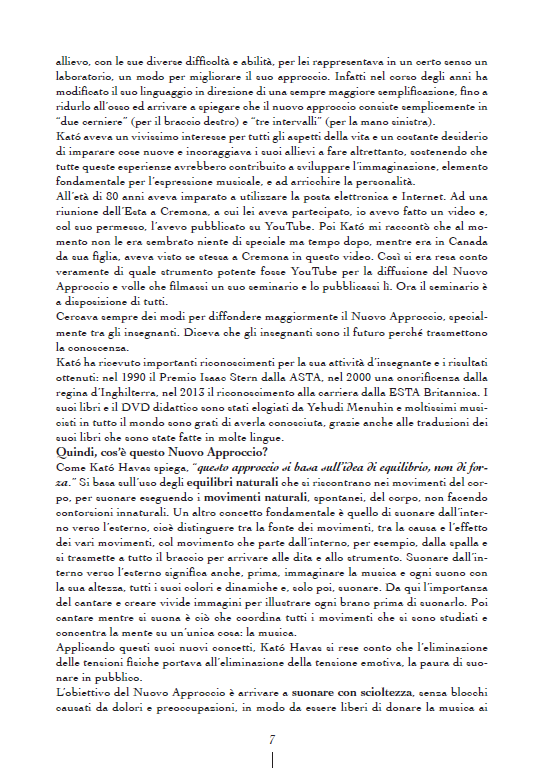
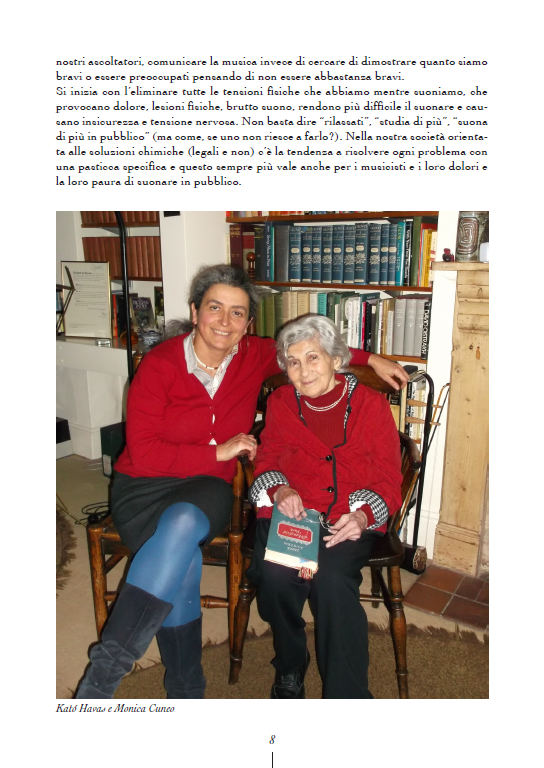
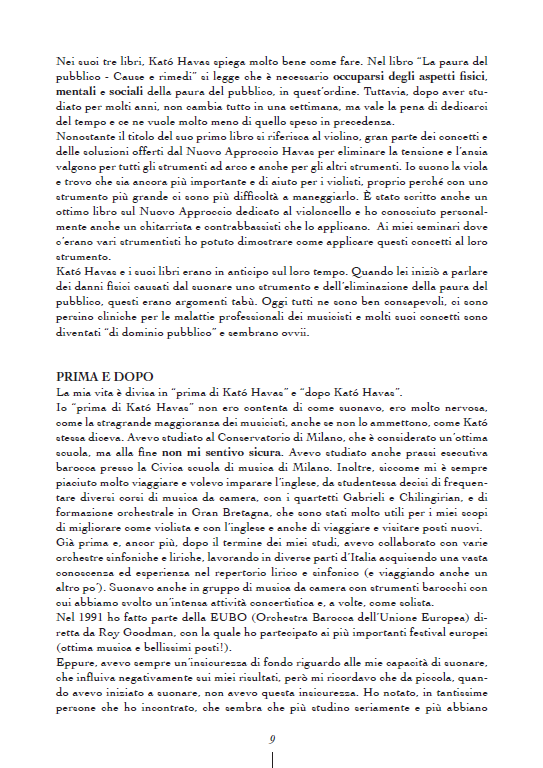
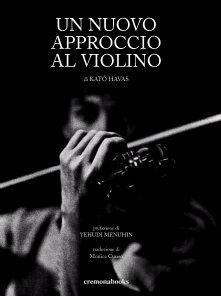
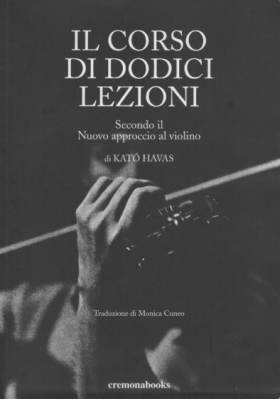
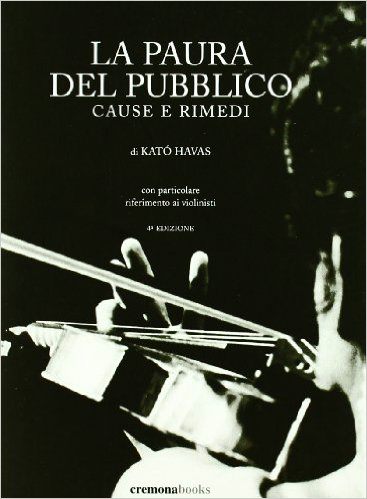
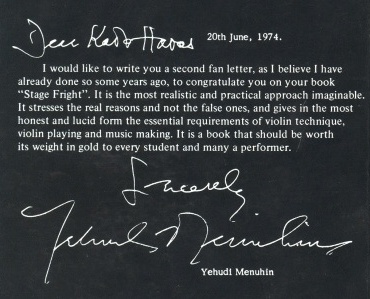
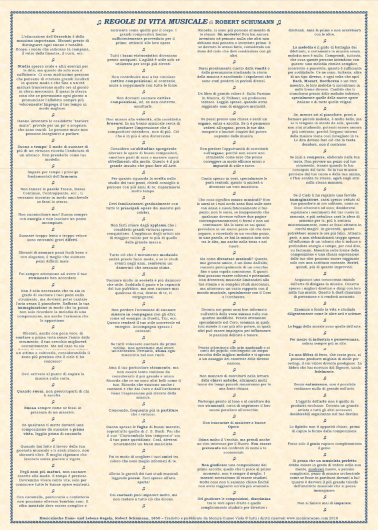
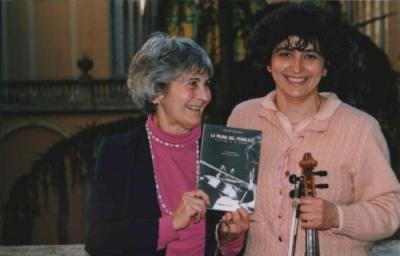



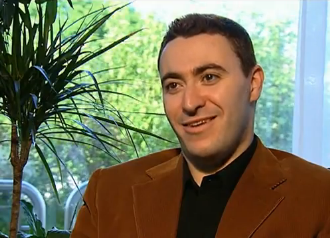
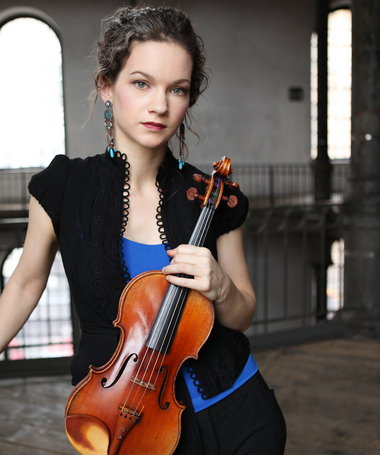
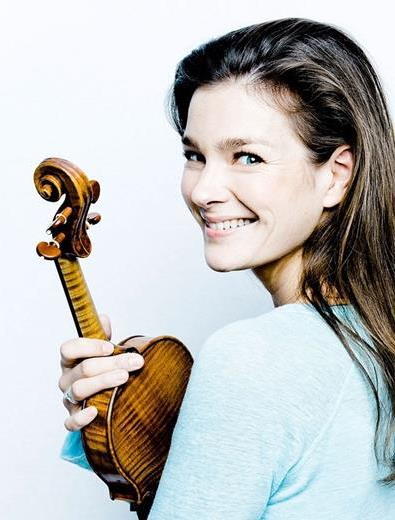
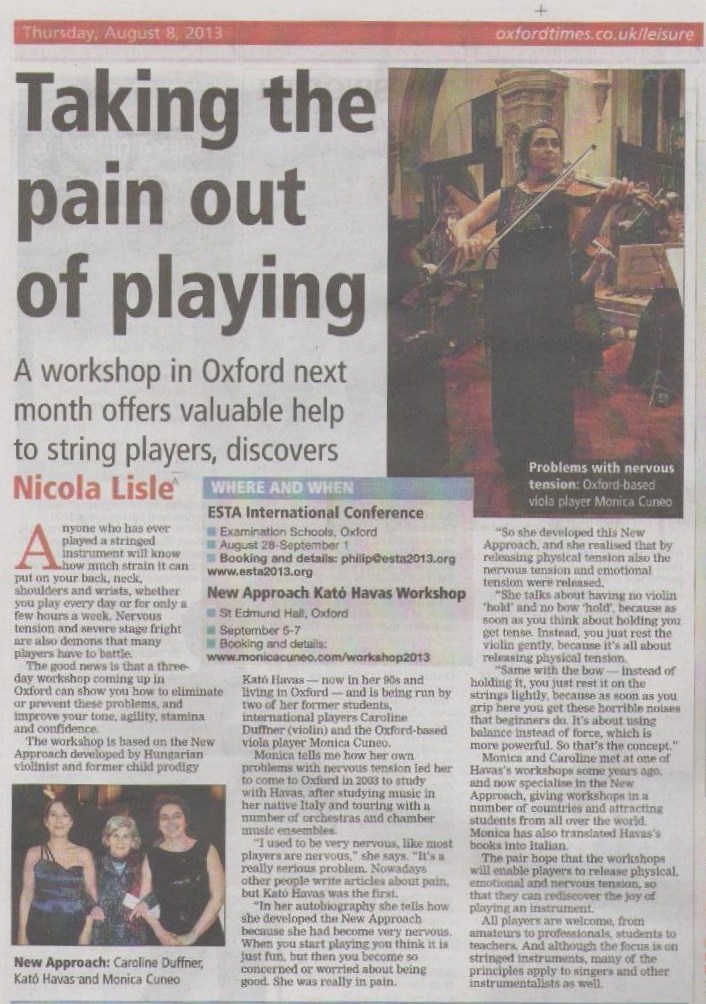
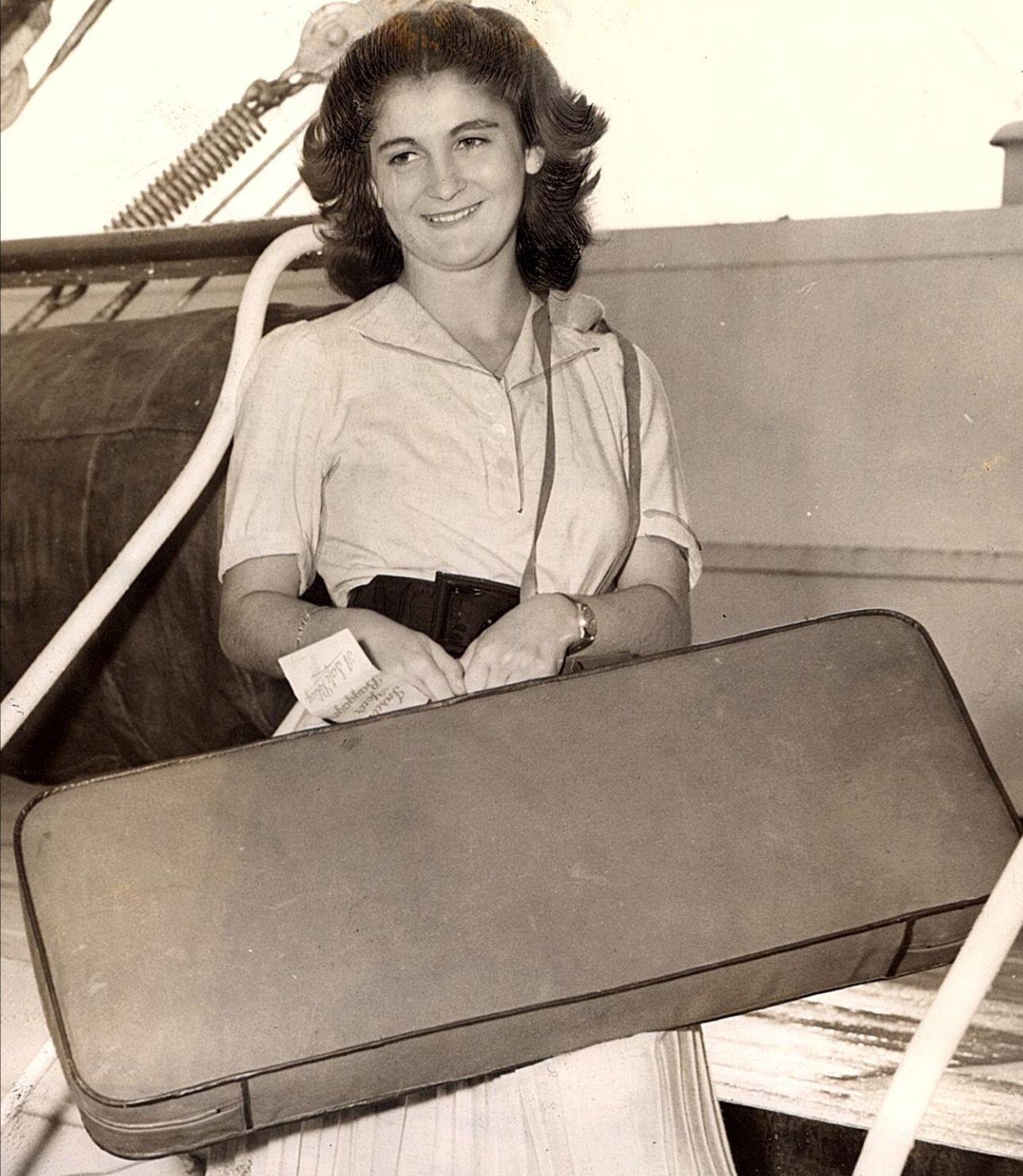
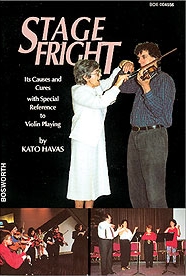
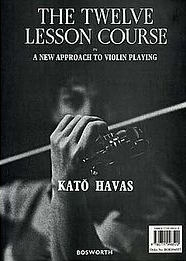
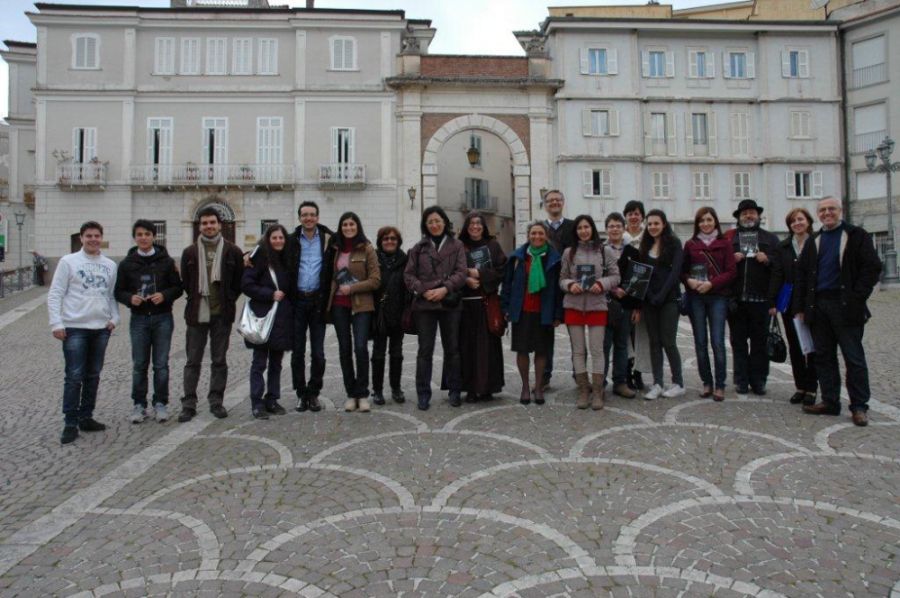
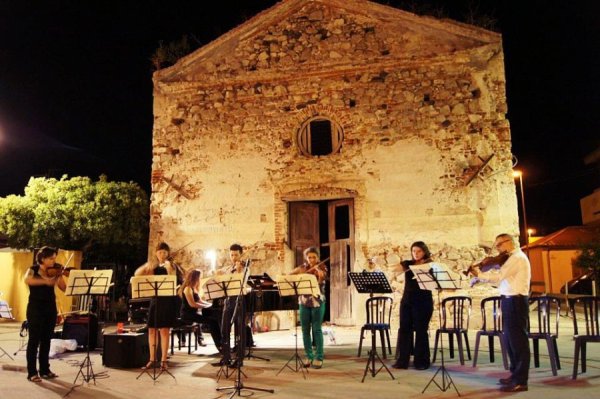
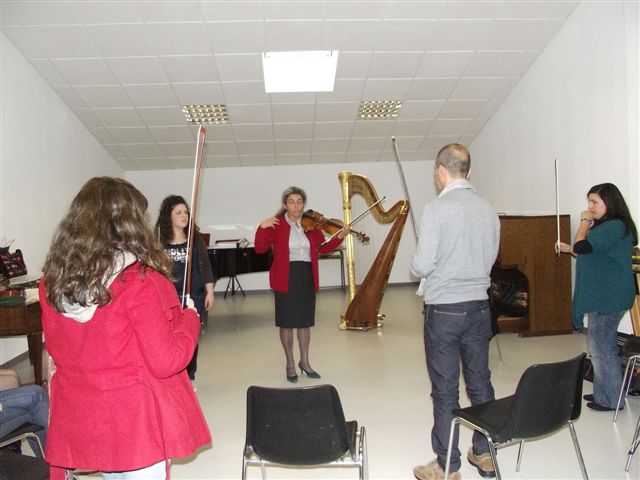
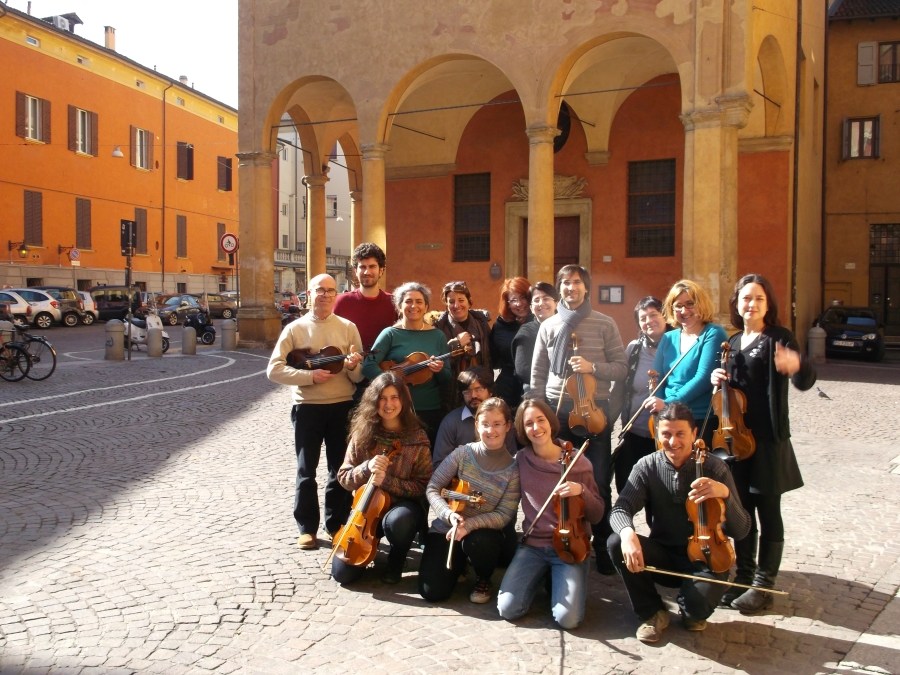
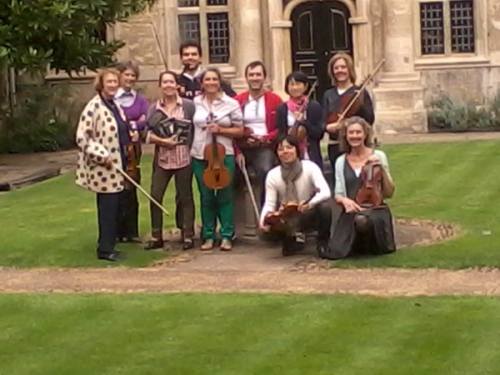
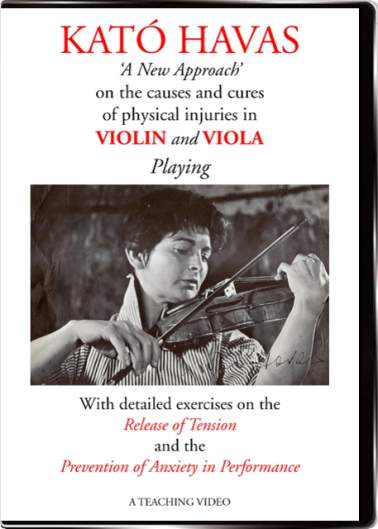
New! Commenti
Cosa ne pensi? Lascia il tuo commento qui sotto e condividi la pagina!Have your say about what you just read! Leave me a comment in the box below.